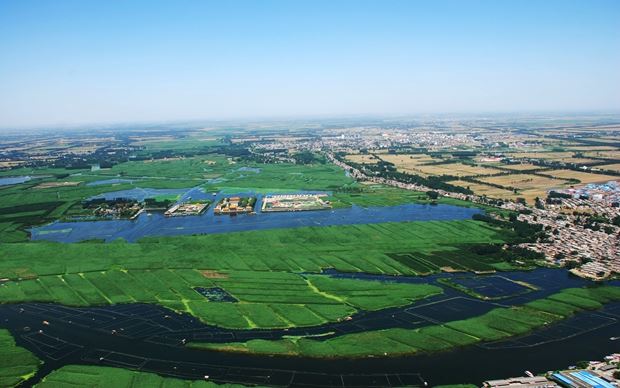Geothermal energy part of drive for green city approach for Xiong’an, Hebei, China
The development of the Xiong'an New Area in China as a major business center and technological hub will be taking a green city approach, of which geothermal is expected to play a major role.
Geothermal energy may play a key role in the transformation of the Xiong’an New Area in China’s Hebei province into one of the country’s main business centers. The development of geothermal power operations in the New Area is still in the exploration phase but 127 wells has thus far been drilled by Sinopec Green Energy, a joint venture between Sinopec and Iceland’s Arctic Green Energy.
Lofty goals
The plans to transform Xiong’a into a national-level new district and new economic zone were announced by President Xi Jinpin back in April 2017. Analysts estimate that up to USD 580 billion could be spent over the next few decades for this project.
By constructing four high-speed trains lines and two canals that run through Xiong’an, the new area is envisioned to facilitate the Beijing-Tianjin-Hebei (BTH) integration. These will make travel to Xiong’an from Beijing or Tianjin possible in 30 minutes or less.
Part of the vision is to make Xiong’an a hub for cutting edge technology industries. The top technology giants and telecommunications companies are expected to establish branches and offer their services in the New Area. Other technological breakthrough such as self-driving cars, smart city administration, intelligent infrastructure, and data asset management systems will be tested and rolled out in the city.
Green city
The goal is for Xiong’an to be powered by 100 percent clean energy. Exhibiting the strength of this intent, authorities have shut down more than 5200 companies since September 2017 for a variety of pollution violation. The Ministry of Ecology and Environment has also provided a mechanism for public reporting of environmental violations in return for financial rewards.
Renewable and other low-carbon energy sources are being eyed to supply power to the Xiong’an New Area. In addition to the sizable investment made in drilling geothermal wells, Sinopec has also invested USD 5.2 billion in constructing a natural gas pipeline system in the region.
The success of Xiong’an as a new business center and technology hub may pave the way for further development of China’s inland cities. This will then help China achieve its Belt and Road ambitions and attract for foreign investors. The completion of construction of Xiong’an’s basic infrastructure is expected by 2022.
Source: China Briefing


















